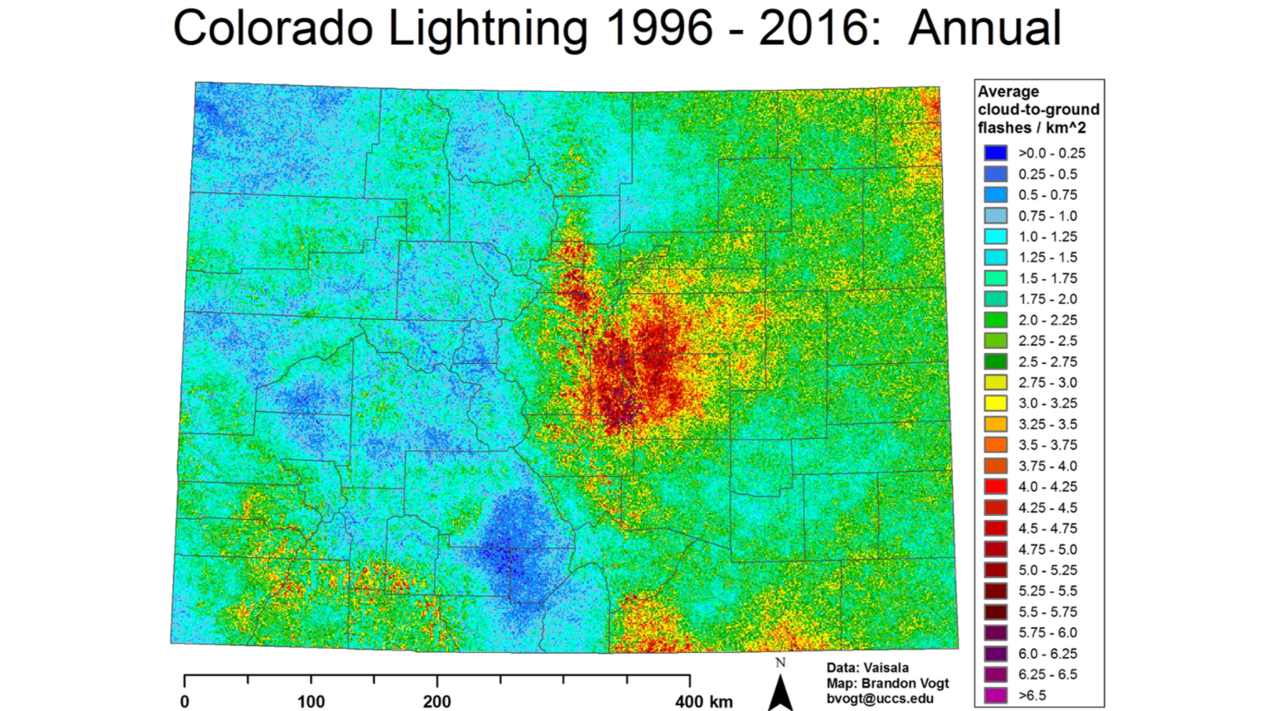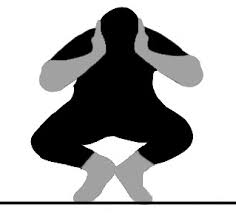Be Lightning Aware
SLV Health
As we enjoy the beauty of nature in the San Luis Valley during the fall months, we push further into the mountains than at any other time. One common risk that the adventurer will face is afternoon thunderstorms. Lightning can be both beautiful and terrifying if caught unprepared. On average per the National Weather Service, Colorado experiences 3 fatalities and 17 injuries per year. Colorado ranks number 4 in lightning fatalities per year. When traveling into the backcountry it is important to stay alert for storms and plan our trips accordingly.
Figure: National Weather Service Data
When planning a backpacking or day trip into the mountains, plan to hike early in the morning. Early travel is especially important if you will be traveling above the tree line. These areas are especially dangerous during the late afternoons as exposed ridges and high altitude are the most common areas of a strike. Plan to move to lower altitude and have an escape plan if you are hiking during this time. If you plan to camp, find areas off exposed ridgelines and camp below the tree line if possible. If a storm is starting, move to a hardened shelter or a car with the windows rolled up if possible. When you see lightning start counting. Every five seconds to the sound of thunder is approximately one mile away from the strike.
If you are hiking or unable to escape to shelter during a lightning storm it is important that you move to the most secure area as possible. Quickly move to an area of heavy tree cover if available, and avoid single tall trees in a clear area. If you are above the tree line, descend to lower elevation and avoid exposed ridges. Prior to a lightning strike, it is common to feel static in the air. I have experienced this once in my life while fishing. I felt my graphite fishing rod begin to vibrate and deliver static electricity shocks to my hand. If you feel any of these imminent warning signs or lightning is striking close to you, immediately go into a lighting safety stance. Squat down in the lowest place you can find on the balls of your feet and cover your ears with your hands.
This stance will minimize injury if lightning strikes. Drop and move away from anything metallic. If you are traveling in a group make sure to spread out at least 50-100 feet from one another to allow for first aid and rescue.
The most dangerous and common injury from a direct lightning strike is cardiac arrest. This involves direct injury to the heart causing it to stop. It is important that if someone is unresponsive after a lightning strike that CPR be initiated immediately. I would recommend that all people take a basic life support and CPR class. Cardiac arrest from lightning strikes is survivable if bystanders initiate immediate CPR. This is the reason that it is important to separate a group during a storm. Other common injuries include burns, eardrum rupture, and cataracts. It is critical to seek immediate medical attention and have close follow up after these injuries.
Stay safe outdoors and plan trips with safety in mind. Even if the weather forecast does not call for rain, make sure to be prepared as storms frequently start quickly and can be unpredictable.
Eric Ball M.D.
SLV Health, Director of Emergency Medicine, Regional Medical Center